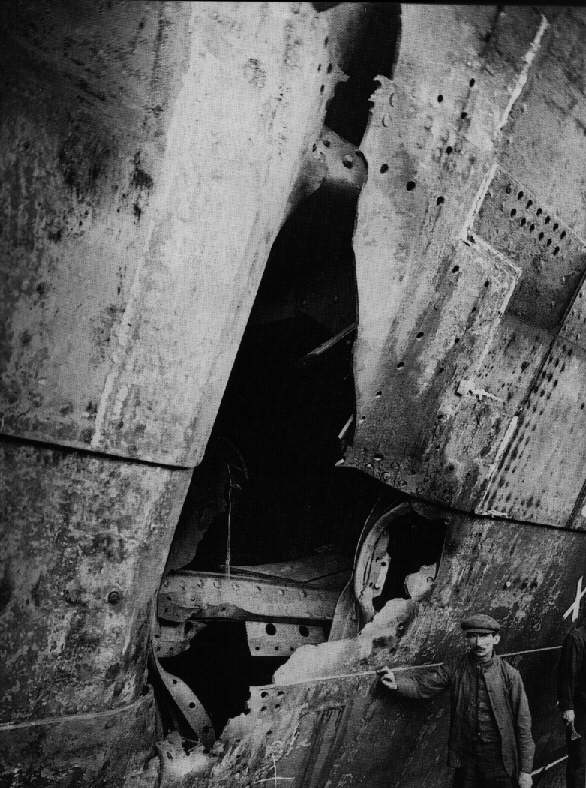With the 100th anniversary of the sinking of the RMS Titanic this month, fellow Podwit Brian and I decided to indulge our fascination with nautical disasters, releasing the first part of our Podwits Podcast Disaster special, with Part Two to drop very soon. In researching these specials, I came across an age-old conspiracy theory linked to the Titanic which I had heard about years ago, and while rereading it I thought it was so marvelously plausible (or so completely ludicrous!) that I wanted to unroll this mothball-smelling, TransAtlantic-urban legend. As Robert Stack would say on the his television show Unsolved Mysteries: “Perhaps you can help solve a mystery…”
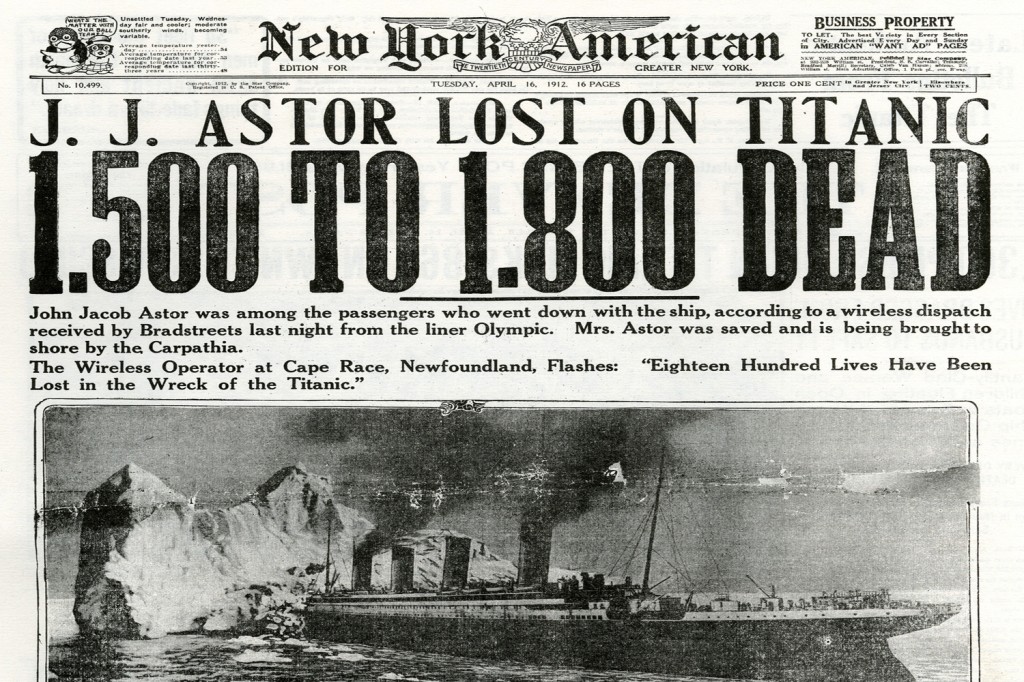
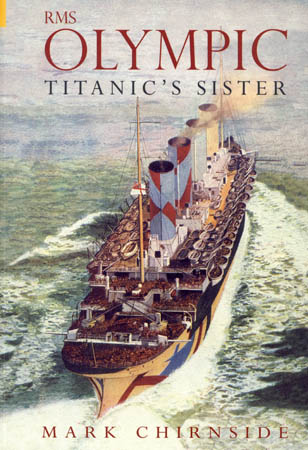
Okay, here the theory: while in dry-dock, the RMS Titanic was secretly switched with its sister ship, the RMS Olympic, which was undergoing repairs because of an accidental collision, and then (here’s the kicker!) was scuttled on purpose to get the insurance payout—only it did not go as planned and the tragedy we all know today instead transpired.
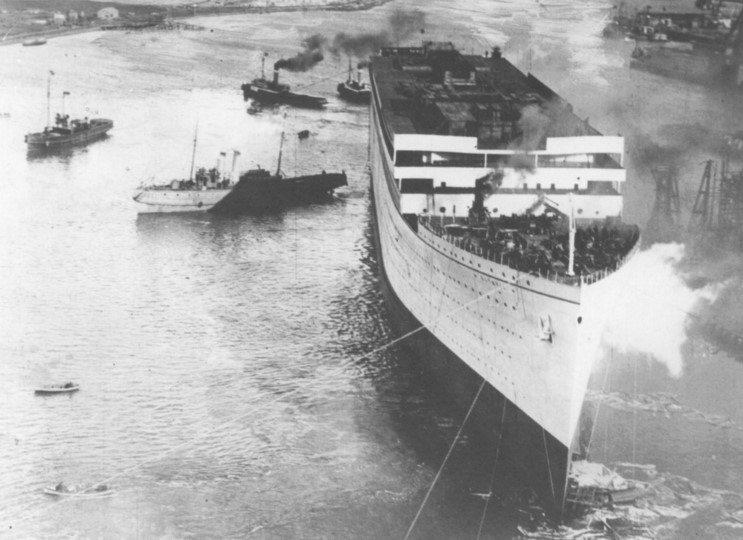
Launch of RMS Olympic, October 10, 1910
I know, it sounds completely crazy—“tin-hat stuff,” as Brian brillaintly pointed out—but the conspiracy theorist in me wanted to lay it out for the Podwits’ audience to decide.
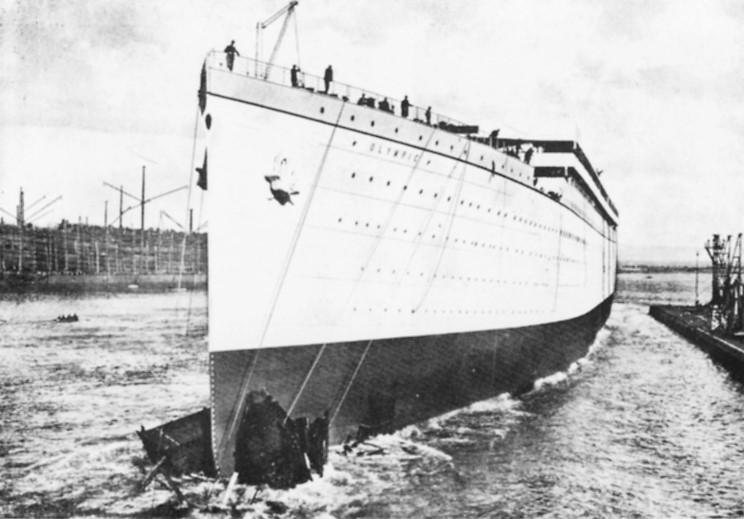
RMS Olympic Launch
Who knew that there are no less than half a dozen books, all fairly recent, dealing with this subject? Robin Gardiner’s The Great Titanic Conspiracy, Steve Hall’s Olympic & Titanic: The Truth Behind the Conspiracy, or even the new Titanic or Olympic: Which Really Sank? (coming out May 1) just to name a few; all discuss in great length and detail how and why this could have happened. So let’s go through the major points that have been put forward.
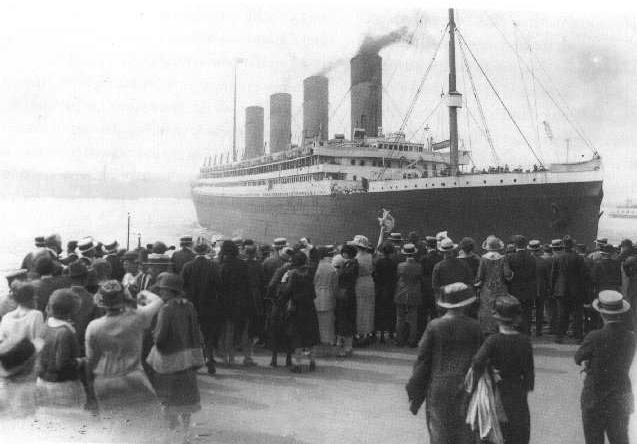
RMS Olympic in 1911
On September 21, 1911, the RMS Olympic accidentally collides with the HMS Hawke off the coast of the Isle of Wight. The Hawke’s bow was made of iron and cement, and designed for ramming and sinking ships. It hit the Olympic on its starboard side (the same side on which the RMS Titanic later received its iceberg damage). That’s the historical fact. Now here’s where the conspiracy begins.
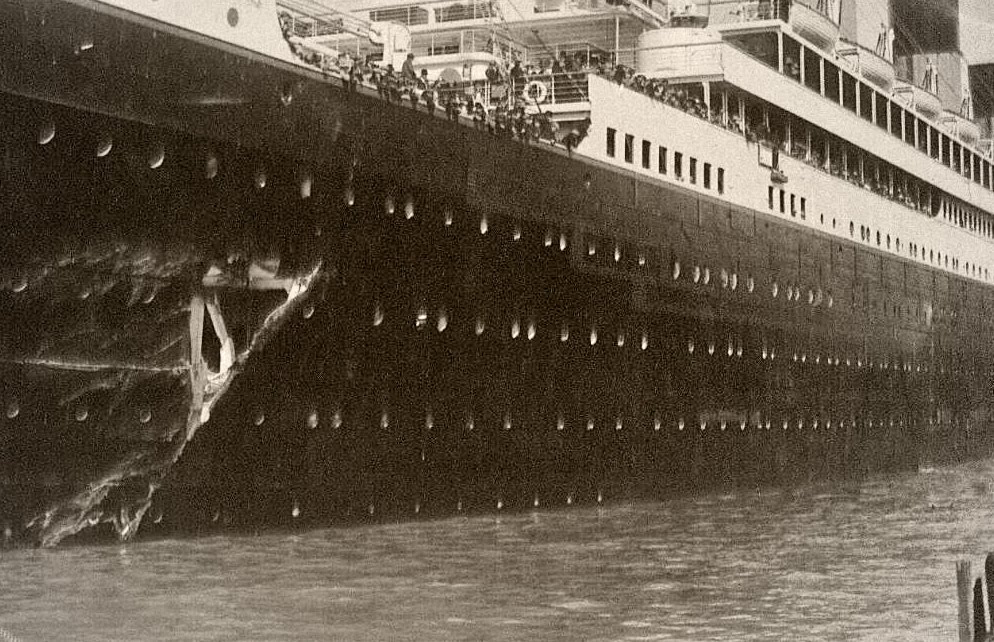
HMS Hawke Collision Damage
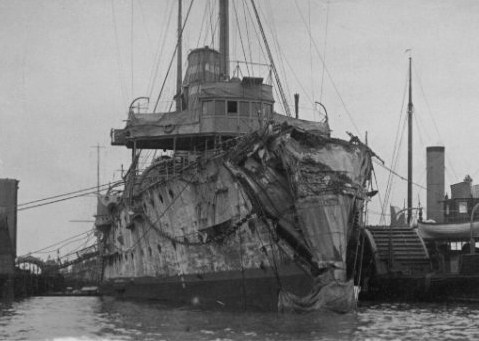
HMS Hawke Collision Damage
The Olympic was temporarily fixed (which took a fortnight) so it could sail back to Harland & Wolff in Belfast, where it could be permanently fixed. Supposedly the temporary patch failed en route, confirming the ship was no longer structurally sound.
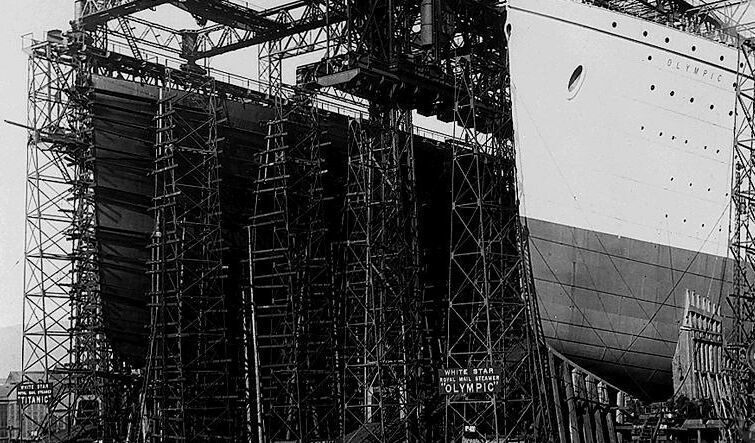
RMS Titanic RMS Olympic Together in Dry Dock
Once the ship was back in dry dock, only then could the extent of the damage be known. From the amount of time it took to get back to Belfast (it only made 10 knots and evidently had only one usable engine), and the reported damage inflicted on it by the Hawke, it was speculated that the ship’s keel was in fact damaged.
Repairing that—along with the hull, the central turbine engine, the propeller screw, and the structural damage to the hull—would prove to be enormously expensive and of course delay the completion of the Titanic, which was still being finished. The Royal Navy convened immediately and quickly determined that it was in fact the Olympic and Captain E.J. Smith (yes the same man who would command the Titanic on her maiden voyage) who were at fault in the collision, so it would be very unlikely that the White Star Line would be able to recoup any money from an insurance company. So the facts were that now two of their biggest ships were out of commission (since the Titanic‘s completion was delayed by the Olympic repairs) and the cost to repair the Olympic would have to come out-of-pocket, not out of ticket sales.
This is where the conspiracy theorists believe a plan was fabricated and a set into motion:
Switch the two liners while in dry dock, then scuttle the maimed ship now labeled the Titanic on her maiden voyage to collect the insurance payment. A tad preposterous you say? Well, yes. But if this intrigues you, read on…
According to the “alternate scenario” Robin Gardiner of The Great Titanic Conspiracy puts forth, this is how it could have happened.
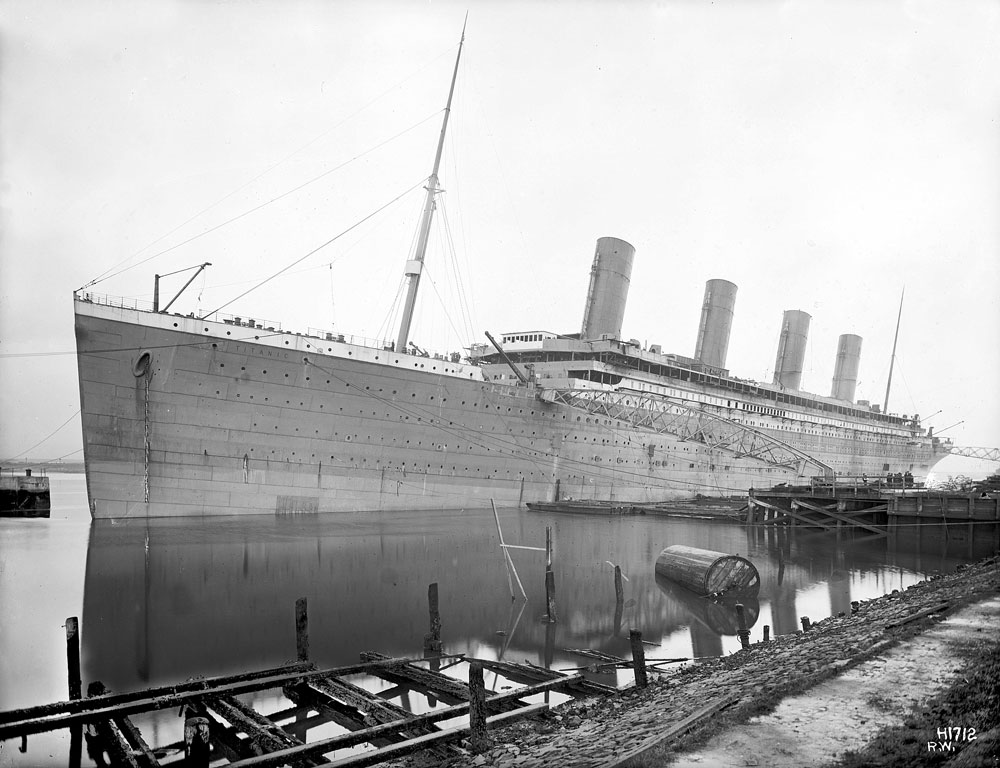
RMS Titanic Unpainted, 1912
It was quickly determined that it would be cheaper to finish the Titanic, then repair her sister. So they were switched. The design alterations that were to update Titanic’s promenade deck, the only visible external difference between the two liners, were ripped out and refitted to the original plans, so it would match the Olympic. Parts that were not yet installed on the newer vessel were cannibalized from her older sister, to finish her ahead of schedule. Also, all the internal elements, like linen, china, stationery—basically anything that bore the ships’ names—were swapped, along with the name on the side.
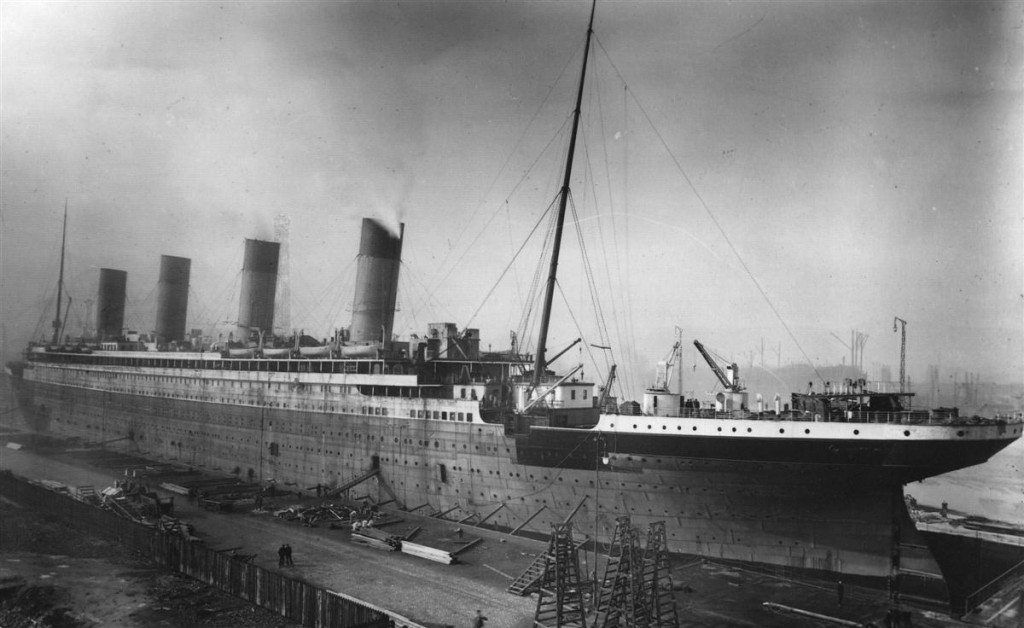
Olympic in Dry Dock
![rms-titanic-and-rms-olympic[ekm]428x300[ekm]_-bows-2-101-p](http://www.podwits.com/wp-content/uploads/2012/04/rms-titanic-and-rms-olympicekm428x300ekm_-bows-2-101-p.jpg)
At this point the newly complete Titanic, now labeled the Olympic, departed from dry dock, and the other ship—now labeled the Titanic—was repaired as scheduled (though already “delayed” by three months) as the new parts arrived. Proponents of this theory point to photographs from this point in history as evidence, claiming that the portholes on the Olympic do not match its original designs—a problem the workers eventually addressed when the Olympic was once again returned to dry dock after supposedly throwing a propeller blade (which is a documented incident but which is thought by the conspiracy theorists to be a ruse so the final modifications could be completed). Theorists point to this incident because a normal propeller installation by the seasoned Harland and Wolff workers should have taken only one day, but the ship was in dry dock for over a week. The Olympic at this point then left, with the proper number of portholes, as in her specs.
When the Titanic was finally launched and put through her sea-trials, as was required for vessels at the time, she only did one day, of which four hours were spent at “moderate speed”, while the Olympic’s sea-trails lasted a full two days; further proof to conspiracy theorists, who claim that she was hardly tested at all because her crew at the time knew how fragile her hull actually was.
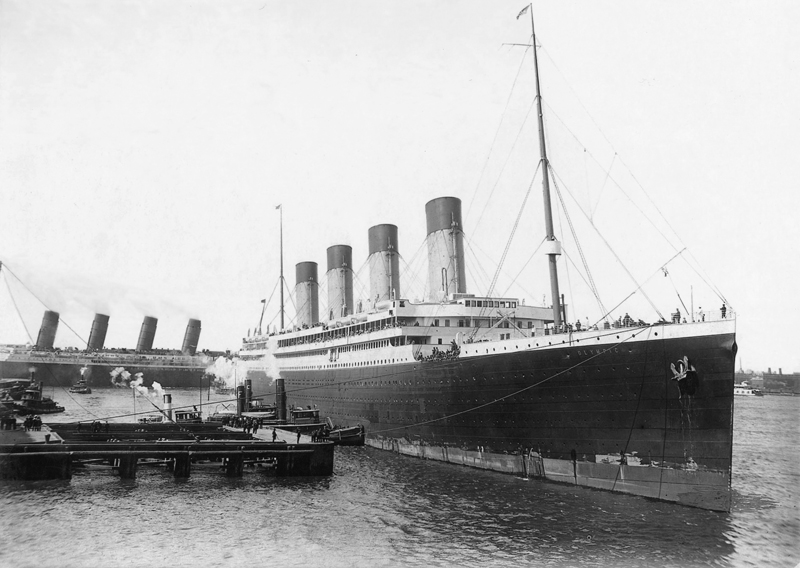
RMS Olympic, with RMS Titanic in background
Now comes the part which I find incredibly hard to believe (I know, it’s taken me this long to state this!), which concerns the night of the sinking.
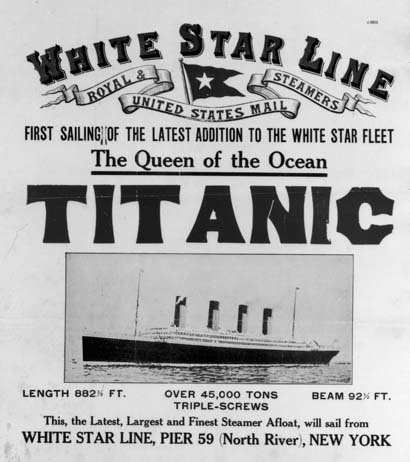
According to the theory, the Californian (the vessel that was less than ten miles away from the Titanic when she sank, but did not see or communicate with her), was actually purposefully sailed out there in order to rescue the passengers of the Titanic once she started to sink. That way there would be no loss of life while the White Star Line would be able to declare the ship a financial loss. This was to be accomplished by plowing through a known iceberg region, known as the Labrador Current, and ramming an iceberg. The Californian was to be signaled by distress rockets and come to the rescue. Which means the captain of the Californian, Stanley Lord, would have to be in on the whole conspiracy (which seems to me to be ridiculous, because his life and career were ruined after the events of that night, causing him to take his own life in the 1950s; for him to keep silent for the rest of his life under those circumstances would require a huge suspension of disbelief and, if true, an enormous amount of character).
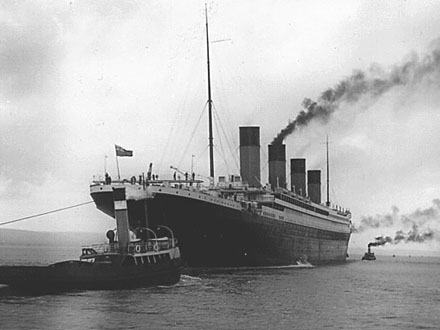
RMS Titanic Leaving Belfast
Aboard the Titanic, only Captain Smith and a limited number of his senior officers supposedly knew what was to happen; theorists point to the fact that the senior officer on deck at the time of its accident, First Officer William Murdoch, wasn’t even scheduled to be on watch at the time and only his took position on the bridge out of his own volition.
Now for the hardest item to swallow in this theory: A second, unidentified ship was there to take part in the rescue; but because its lights were out—either because it was hiding, or maybe because it was itself damaged by ice—it went unnoticed by the Titanic lookouts, who were looking for huge icebergs with white fringe at the top and a phosphorescence line at the waterline, and instead hit this darkened ship. And the ice that was reported to have fallen from the iceberg onto the deck of the Titanic immediately after? Just ice shaken free which had accumulated on the rigging and wireless aerials. At this point the third vessel (which probably was hit bow to stern, which would explain why the impact reportedly went almost unnoticed by the Titanic’s passengers) limped away and took no further part in the night. That the impact damaged the Titanic in the exact location of the original damage suffered months earlier in the Hawke collision, is the reason theorists claim the ship was damaged so severely, and foundered so quickly.
It was reported by passengers and crew on board the doomed Titanic and by those in lifeboats that, along with seeing the later-identified Californian, which they were unable to contact, a third vessel was seen as well, even closer than the latter. This was also reported by Captain A.H. Rostron of the Carpathia (the ship that eventually responded to Titanic’s distress calls), and this mysterious vessel was briefly seen when it grew light the following morning.
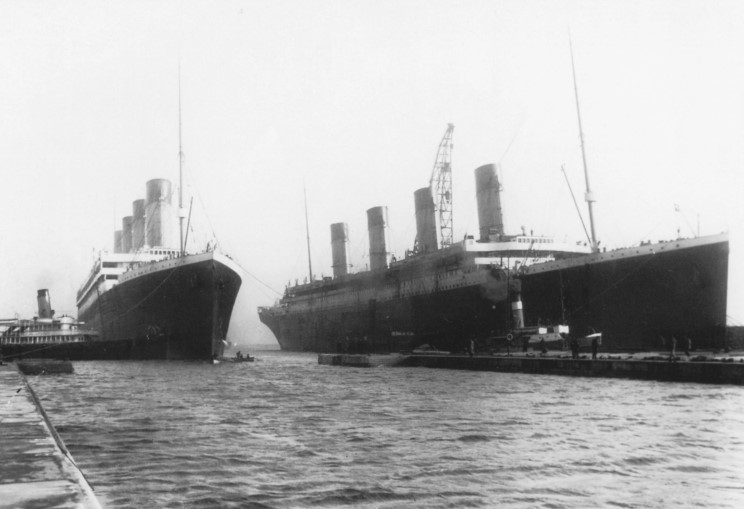
Olympic on left, Titanic on right
Captain Lord of the Californian is reported to have gone to bed, and it is speculated that if he had not gone to sleep, he would have realized something had gone wrong with the plan, and that they had not yet been contacted. Had Titanic turned to starboard instead of port when it hit whatever it hit, she would have gradually been within sight of the Californian; but as fate would have it, she turned to port after hitting the object, and then drifted too far away to be seen. The planned meeting of the two ships, theorists say, gives credence to reports that Captain Smith gave conflicting orders, such as not filling the lifeboats to capacity, then calling out for boats to come back; they claim this is evidence that Smith believed the Californian was coming to the rescue, and that it would then be easier to transfer passengers from the ship to ship.
But instead, history took its course, and we know the rest.
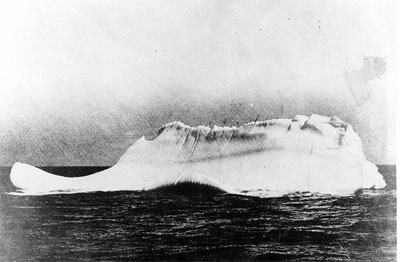
Supposed Iceberg that Sank Titanic
So there you have it. Now, I’ve had a life-long fascination with the Titanic, but I in no way endorse this theory or “alternate scenario.” I only find it so interesting, and so grounded in certain known facts that I think it does warrant some attention (and, I might point out, that’s how some of the best fiction is written). But I will leave it to the reader to make a judgment on the merits of the case. I just find this lesser-known conspiracy theory (and the books on the subject) interesting enough to bring up for a debate. At the end of the day, I find it thought-provoking to say the least.
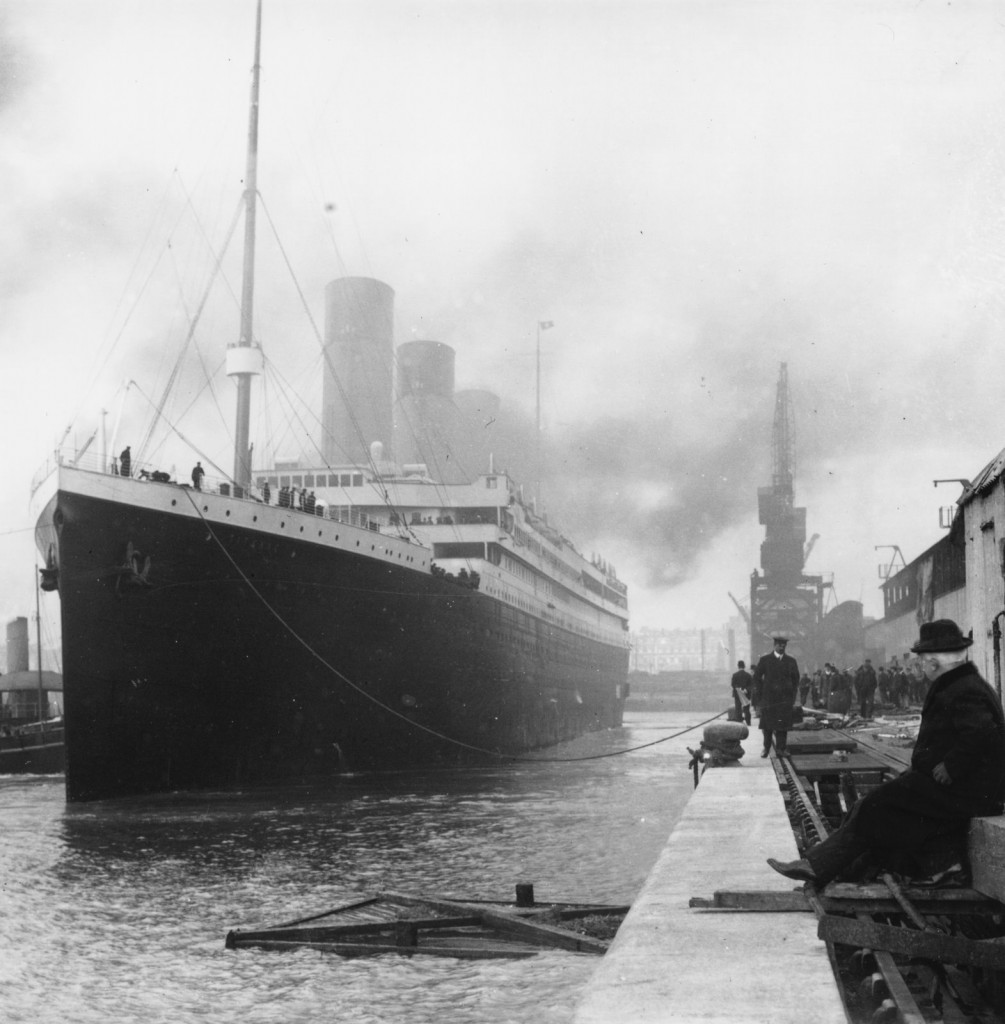
RMS Titanic Leaving Southampton Harbor
Now, as Robert Stack would do, I’ll turn away wearing my Burberry raincoat, and disappear into the night fog…
